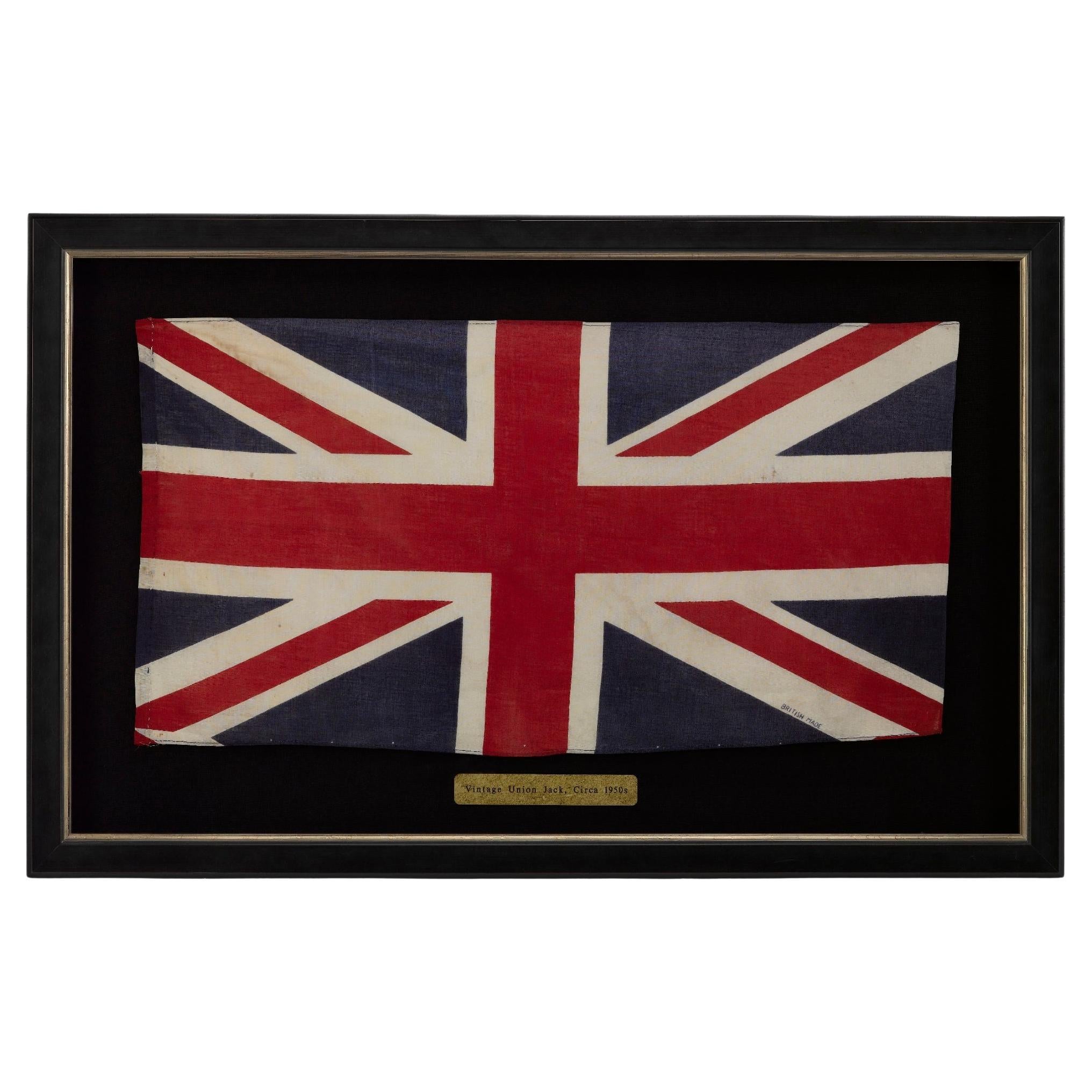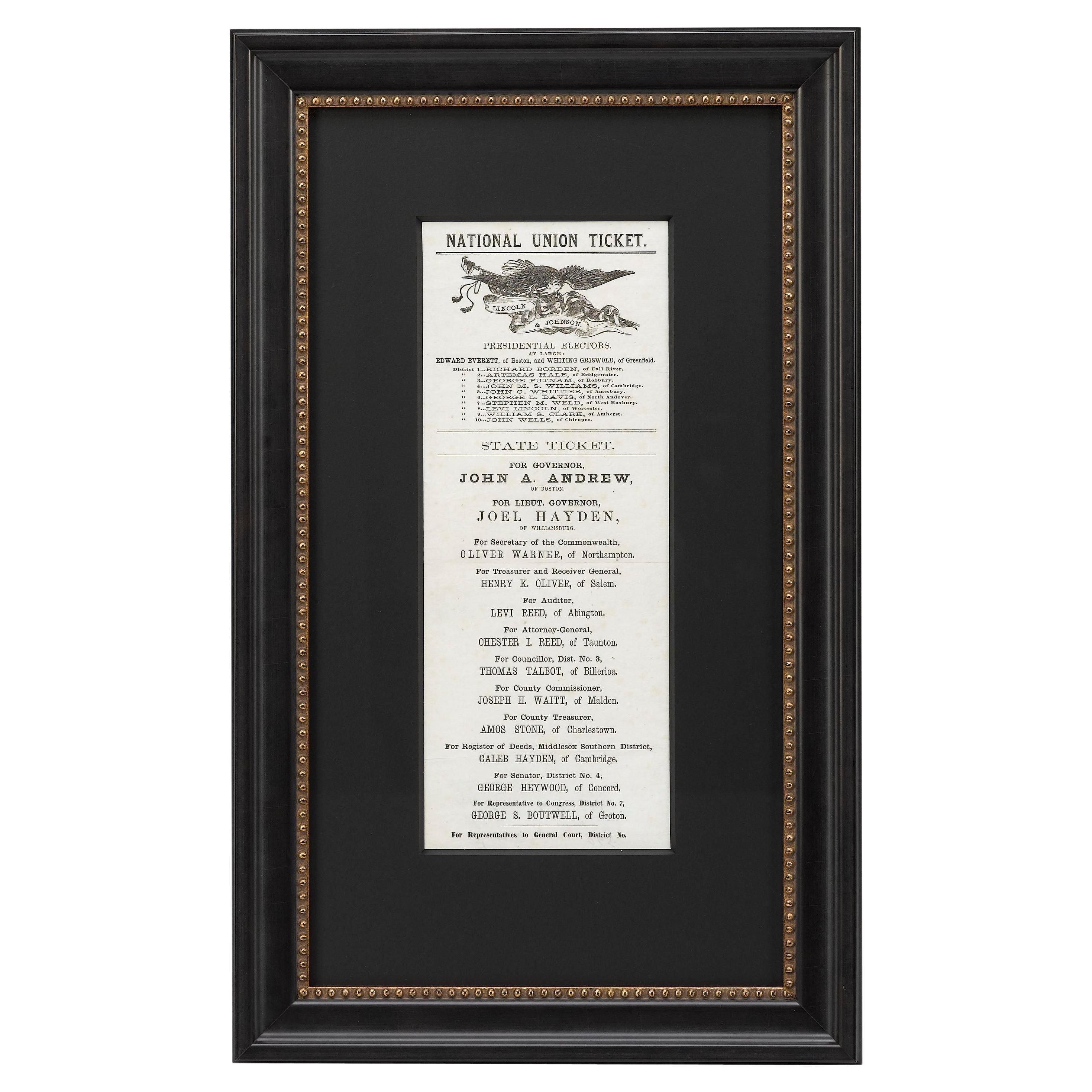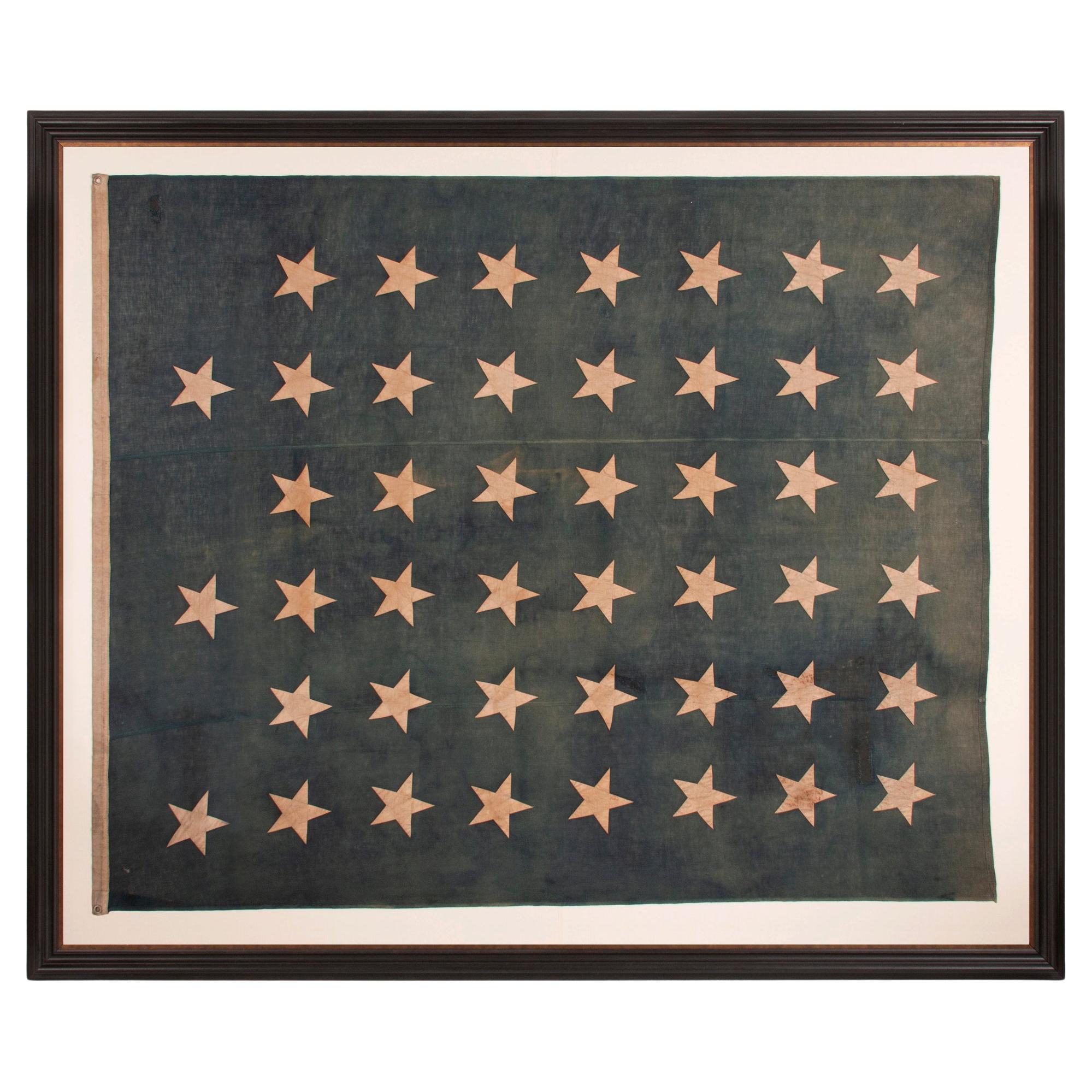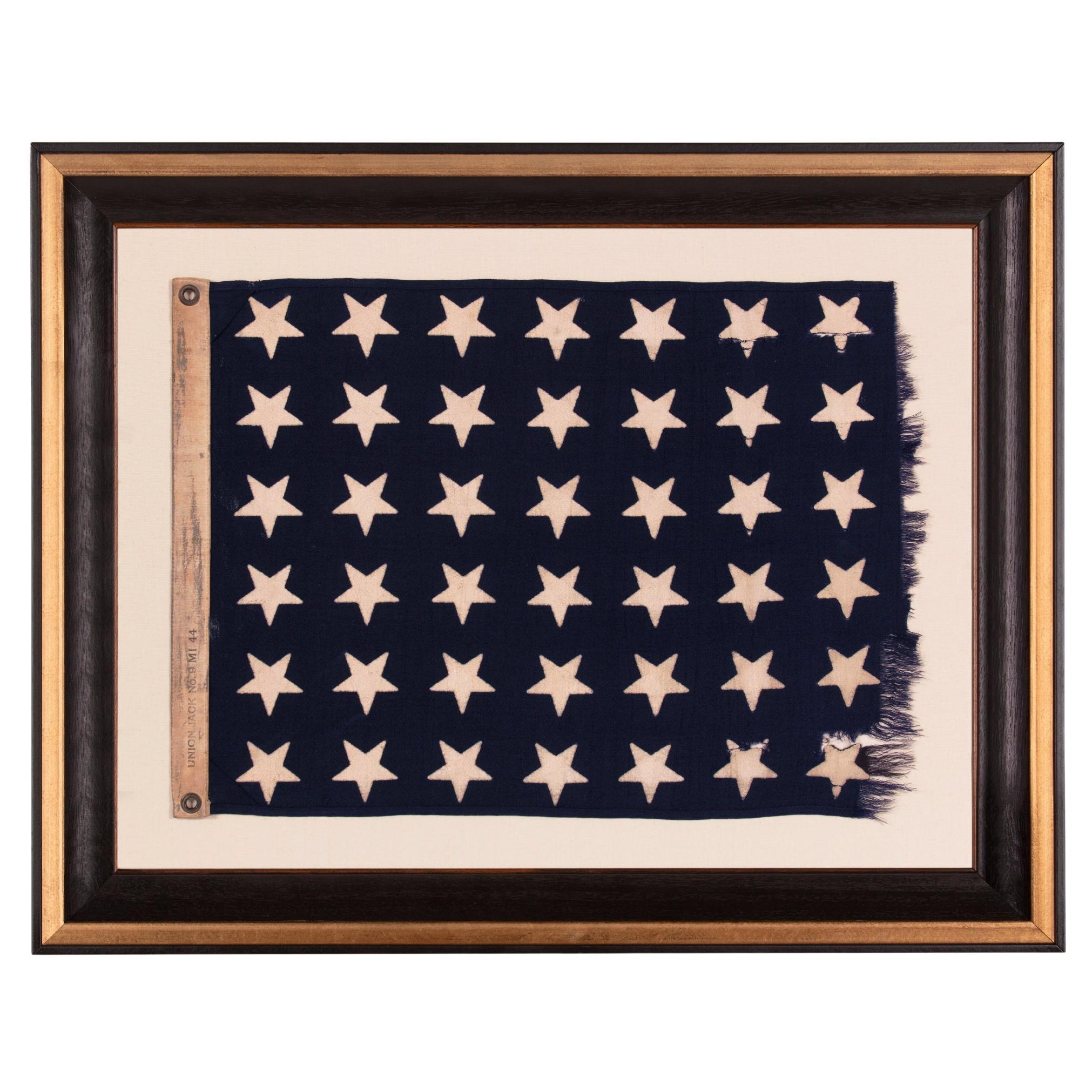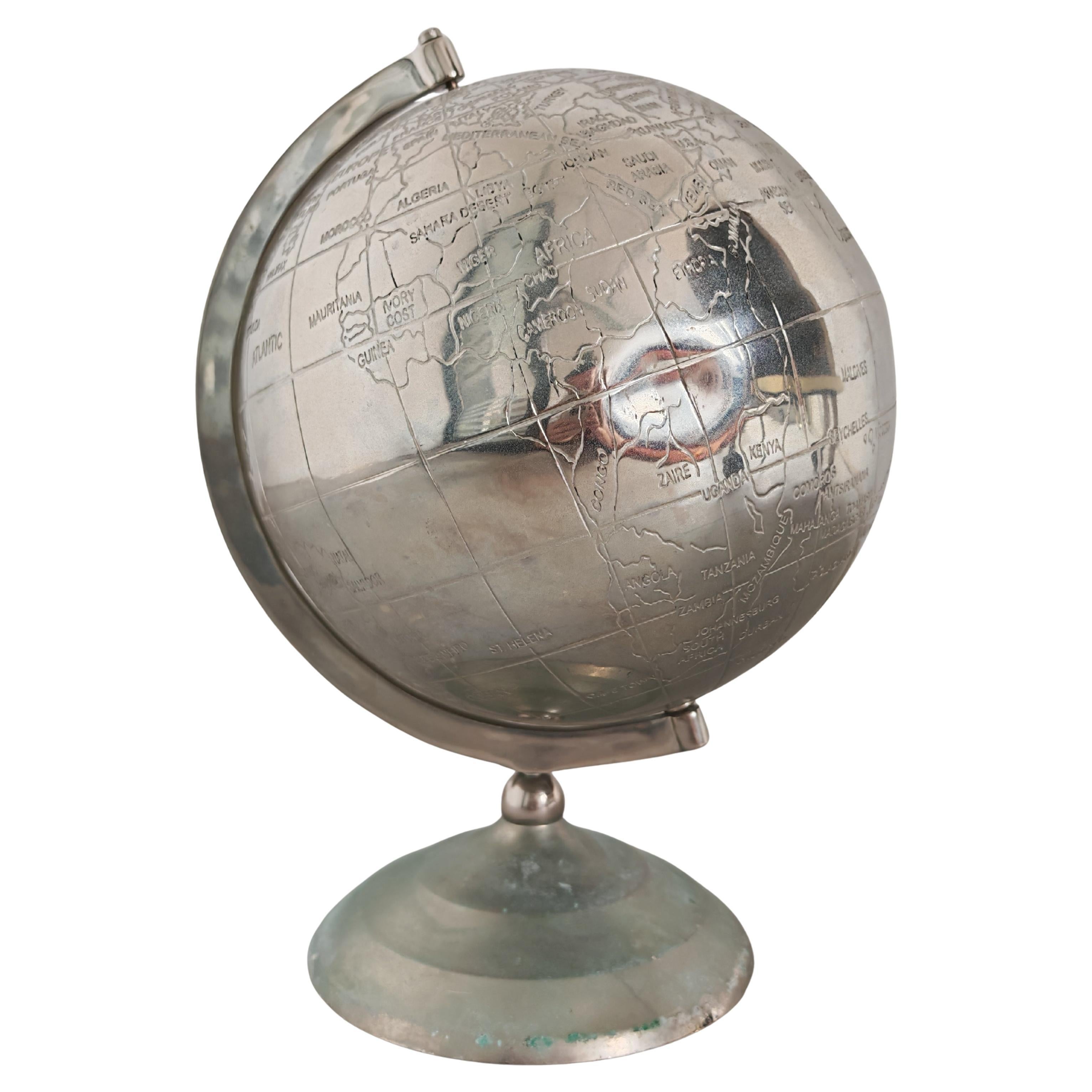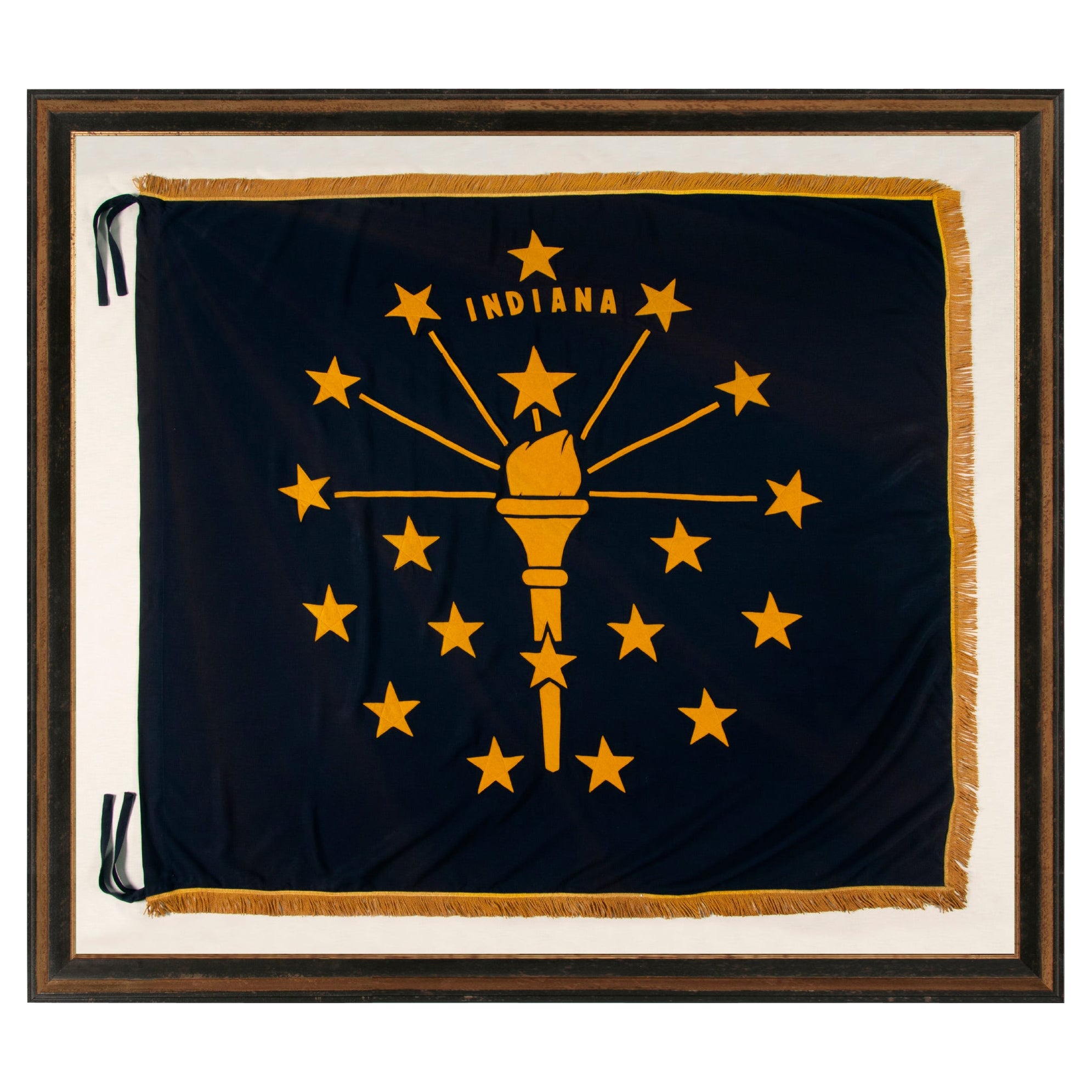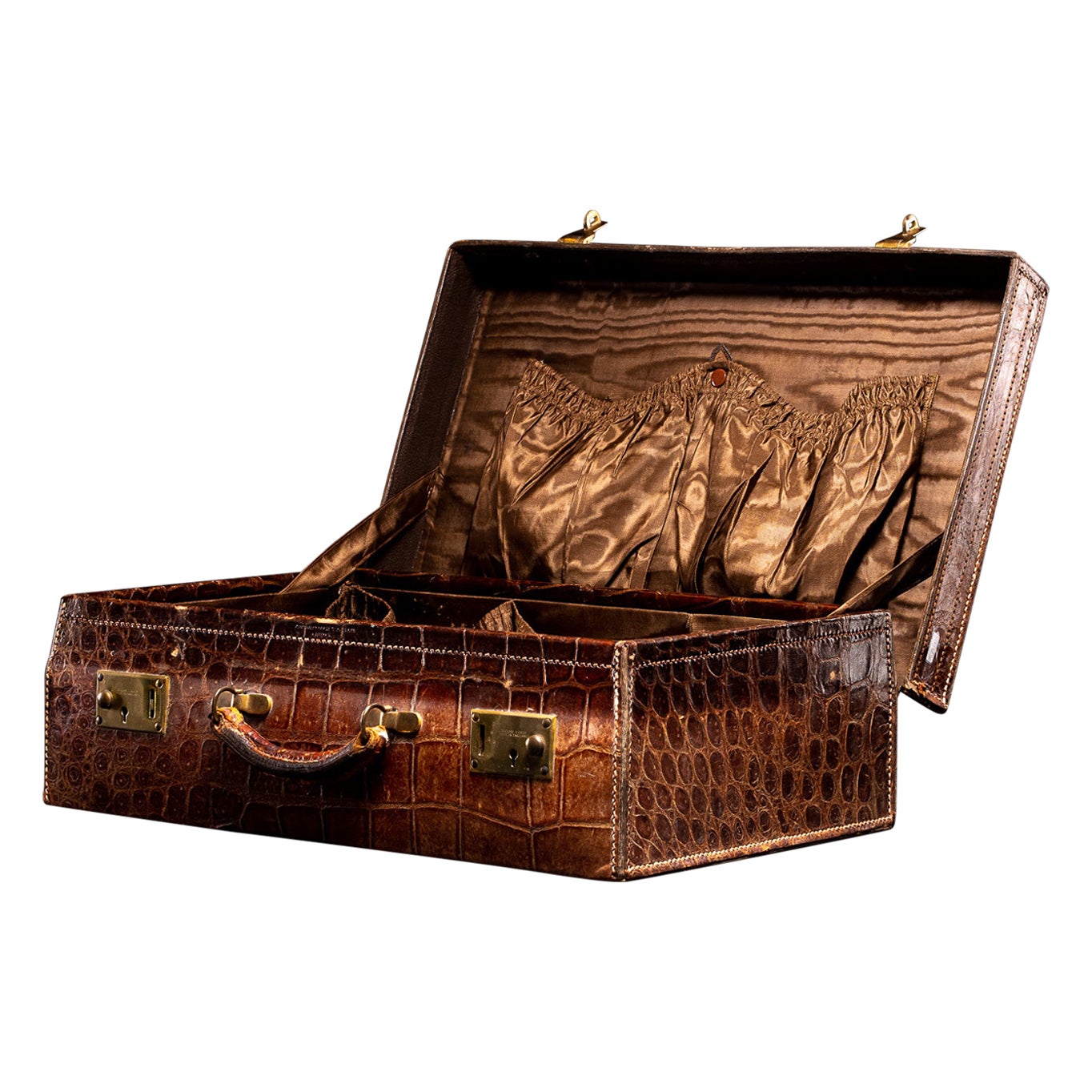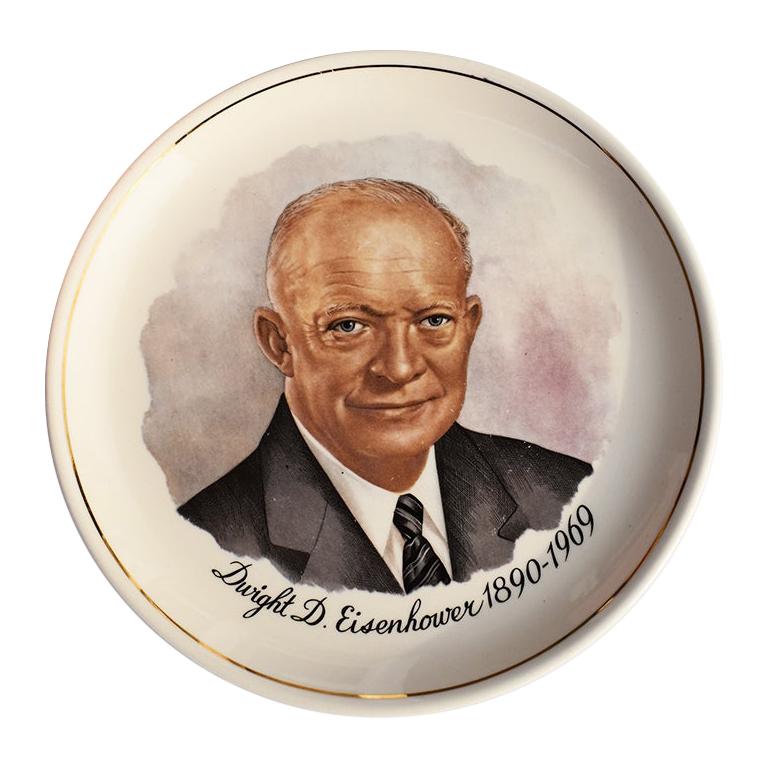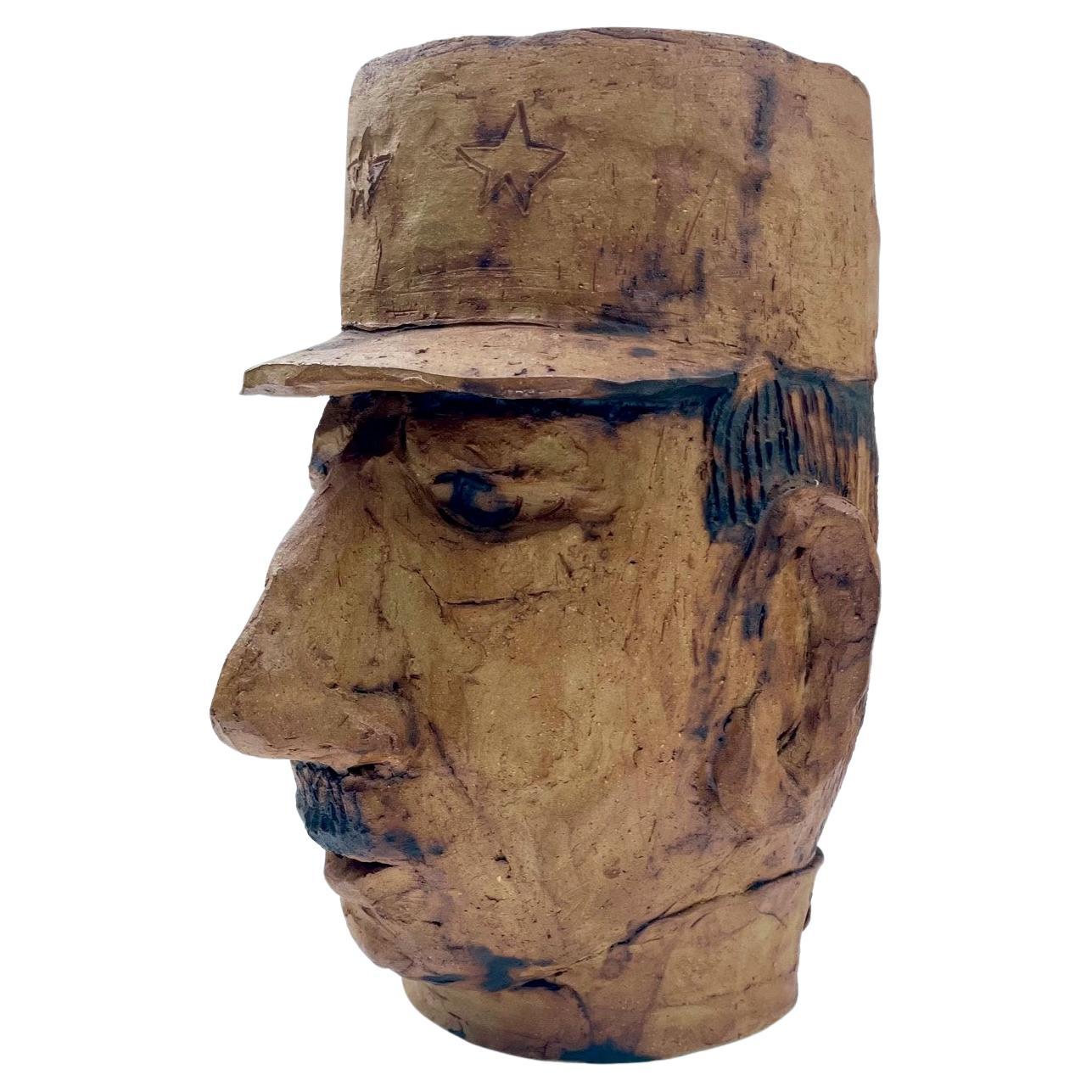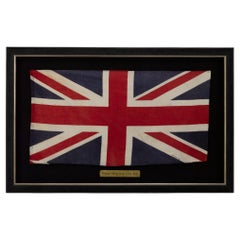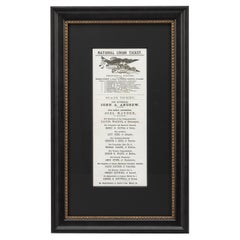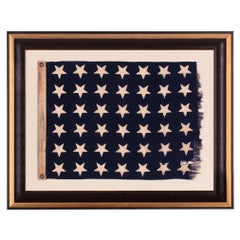
Union Jack Suitcase, England, c. 1930
View Similar Items
1 of 7
Union Jack Suitcase, England, c. 1930
$2,850List Price
About the Item
28 inches wide x 18 inches deep x 10 inches high
- Dimensions:Height: 10 in (25.4 cm)Width: 28 in (71.12 cm)Depth: 18 in (45.72 cm)
- Place of Origin:
- Period:
- Date of Manufacture:Early 20th Century
- Condition:Very Good Condition.
- Seller Location:New York, NY
- Reference Number:Seller: E-103571stDibs: 0901308219643
Authenticity Guarantee
In the unlikely event there’s an issue with an item’s authenticity, contact us within 1 year for a full refund. DetailsMoney-Back Guarantee
If your item is not as described, is damaged in transit, or does not arrive, contact us within 7 days for a full refund. Details24-Hour Cancellation
You have a 24-hour grace period in which to reconsider your purchase, with no questions asked.Vetted Professional Sellers
Our world-class sellers must adhere to strict standards for service and quality, maintaining the integrity of our listings.Price-Match Guarantee
If you find that a seller listed the same item for a lower price elsewhere, we’ll match it.Trusted Global Delivery
Our best-in-class carrier network provides specialized shipping options worldwide, including custom delivery.You May Also Like
Vintage Union Jack, Circa 1950s
Located in Colorado Springs, CO
This is a beautiful Union Jack parade flag, dating from the early 1950s, during the early years of Queen Elizabeth II's reign. The flag is printed on cotton, with machine-sewn hemmed...
Category
Vintage 1950s English Mid-Century Modern Political and Patriotic Memorab...
Materials
Cotton
1864 Lincoln & Johnson Boston Union Presidential Ticket
Located in Colorado Springs, CO
Presented is an original Massachusetts Union Presidential ticket for the November 8, 1864 election. The paper ticket is printed in black, headed by a large spreadwing eagle carrying ...
Category
Antique 1860s Political and Patriotic Memorabilia
Materials
Paper
45 Star Antique American Naval Jack, ca 1896-1908
Located in York County, PA
LARGE & BEAUTIFULLY FADED, ANTIQUE AMERICAN JACK w/ 45 STARS ARRANGED IN A “NOTCHED” PATTERN, INTENTIONALLY LEAVING SPACE FOR THE 3 REMAINING WESTERN TERRITORIES YET TO BE ADDED; MAD...
Category
Antique 1890s American Political and Patriotic Memorabilia
Materials
Wool
Price Upon Request
48 Star US Navy Jack Made at Mare Island, California, Dated 1944
Located in York County, PA
48 STAR U.S. NAVY JACK, MADE AT MARE ISLAND, CALIFORNIA, HEADQUARTERS OF THE PACIFIC FLEET, DURING WWII, DATED 1944
United States Navy jack with 48 stars, made during WWII (U.S. inv...
Category
Vintage 1940s American Political and Patriotic Memorabilia
Materials
Wool
Price Upon Request
Cast Iron Boot Jack Made for 1864 Presidential Campaign of George McClellan
Located in York County, PA
CAST IRON BOOT JACK, MADE FOR THE 1864 PRESIDENTIAL CAMPAIGN OF GENERAL GEORGE B. MC CLELLAN, WITH A FANTASTIC SLOGAN THAT READS "THE UNION AT ALL HAZZARDS"
Made for the 1864 presidential run of George B. McClellan, this cast iron bootjack is both rare and graphically exceptional. Displaying the original black-painted surface, with attractive and desirable patina, the stylized profile has a wonderful folk art quality. Molded block letters that wrap around the heel clasp read simply "Gen. Mc Clellan. These are accompanied by a prominent Civil War-associated slogan: "The Union at all Hazards." The text is intermingled with 34 stars, which was equivalent to the number of states during the opening two years of the war, but was one star short by mid-1863 and two stars short by the time of the actual election in 1864. It's not unusual to encounter this feature in civil war campaign parade flags as well as all manner of flag-related ephemera.
The iron was reportedly cast by G. & D. Cross of Morrisville, New York, though it is unsigned and I have not yet verified the attribution. I have seen two other examples, one of which had a broken and repaired tine on the U-shaped horns and newly painted surface, while the other appeared to have broken lifters and inferior, rusted patina. This is, hands-down, the best of the identified examples.
Brief History of the 1864 Campaign:
President Abraham Lincoln had a checkered relationship with his 1864 opponent, who he had formerly chosen as General-in-Chief of the entire Union Army. The career officer repeatedly knocked heads with his Commander-in-Chief. Having raised a well-trained and organized military force, McClellan often seemed reluctant to use it. By 1862, after losses in Virginia during the Peninsula Campaign, Lincoln grew frustrated with McClellan and the progression of the war and removed him from command.
By the early part of 1864 the American people shared some of the same frustrations and Lincoln was no longer the clear choice for the White House. The nation was tired of war and the remains of the Democratic Party...
Category
Antique 1860s American Political and Patriotic Memorabilia
Materials
Iron
Vintage World Globe done in Nickel plated brass, England 1990s
Located in Beograd, RS
In this listing you will find a rare vintage World globe done in nickel plated brass. As you can see in the pictures that are showing the base, there are signs of green oxidation, wh...
Category
1990s English Post-Modern Political and Patriotic Memorabilia
Materials
Brass, Nickel
Recently Viewed
View AllMore Ways To Browse
Louis Vuitton Bedroom Shoes
Malles Goyard Trunk
Malles Goyard
Dionite Luggage
Hartmann Steamer Trunk
Louis Vuitton Diplomat
Presto Briefcase
Star Of India Trunk
Haskell Trunk
Louis Vuitton Waste Paper
Mendel Drucker
Louis Vuitton 1911
Louis Vuitton Malletier A Paris 1854
Louis Vuitton Malletier Paris 1854
Amiet Bag
Louis Vuitton 1850
Mendel Trunks
Dali Suitcase
